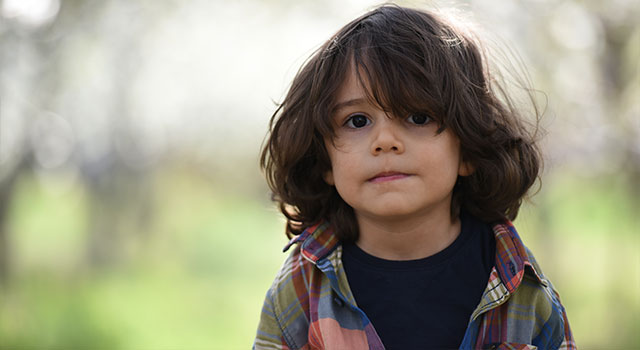 By now, you’re probably aware of the health benefits associated with myopia management — a [minimized] risk of future eye disease and vision loss.
By now, you’re probably aware of the health benefits associated with myopia management — a [minimized] risk of future eye disease and vision loss.
But some parents still hesitate to provide their child with myopia management because they’re concerned about the cost.
Here’s the kicker: although myopia treatments cost more in the short term, they may actually save you money in the long run!
If your child's prescription frequently changing, the eye care professionals at The Myopia Management Center at Pacific Rims Optometry in San Francisco can preserve their vision—now and for the future.
But First, Why is Myopia Management Important?
In case you haven’t heard the news about myopia management, we’ll break it down for you.
Myopia (nearsightedness) happens when a child’s eye grows too long and causes light to focus on the wrong area of the eye. As the eye grows longer and your child’s myopia worsens, they may need a new lens prescription as often as once or twice a year.
Traditionally, childhood myopia is corrected using glasses or contact lenses, but this doesn't address the underlying cause of nearsightedness: eye elongation.
Myopia management treatments stop or slow the progression of myopia by slowing the rate of eye elongation. As a result, their prescription stabilizes or increases minimally.
Here’s why that’s so important:
When the eye elongates, it stretches and puts pressure on the retina in the back of the eye. This delicate retinal tissue is responsible for sending images to the brain that result in clear vision. When the retina stretches, it’s prone to damage.
For this reason, a child with myopia is significantly more likely to suffer from sight-threatening diseases and conditions like cataracts, macular degeneration, glaucoma and retinal detachment later in life.
Is Myopia Management Worth the Money?
Simply put, yes.
A 2022 study published in the British Journal of Ophthalmology [analyzed] the long-term costs of having a myopic child who undergoes myopia management versus having one who doesn’t.
The study concluded that myopia management does indeed save a significant amount of money in the long run, for a few reasons.
Children who are given myopia management treatments tend to have lower prescriptions in adulthood and require far fewer prescription changes. High-prescription lenses are more expensive than other prescriptions.
More importantly, children who’ve had their myopia progression slowed are less likely to experience vision loss and the emotional and financial toll it entails.
Myopia Management in San Francisco
At The Myopia Management Center at Pacific Rims Optometry, we educate parents and children about the risks that accompany childhood myopia, and offer treatments to reduce those risks.
We offer the latest in myopia management and will be happy to guide you through the process. Together, we’ll determine which method of treatment is best suited to your child’s eyes and lifestyle.
To schedule your child’s myopia consultation, call The Myopia Management Center at Pacific Rims Optometry in San Francisco today!
Our practice serves patients from San Francisco, Oakland, Berkeley, and San Mateo, California and surrounding communities.
Frequently Asked Questions with Dr. Selena Chan
Q: What are the risk factors for developing myopia?
A: Risk factors for developing myopia include having myopic parents, not spending enough time outdoors in the sunlight, excessive screen time and other ‘near work,’ and certain health conditions and ethnicities. To find out if your child is at risk of developing myopia, call The Myopia Management Center at Pacific Rims Optometry today.
Q: When does myopia stabilize?
A: Myopia tends to stabilize in the early-to-mid 20’s when the body stops growing. This is because the eye grows with the entire body and will continue to elongate as the body grows. In some cases, myopia will worsen well into adulthood. That’s why myopia management can also be appropriate for older teens and young adults.
